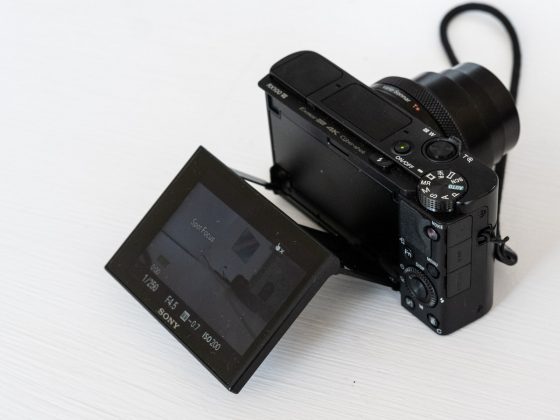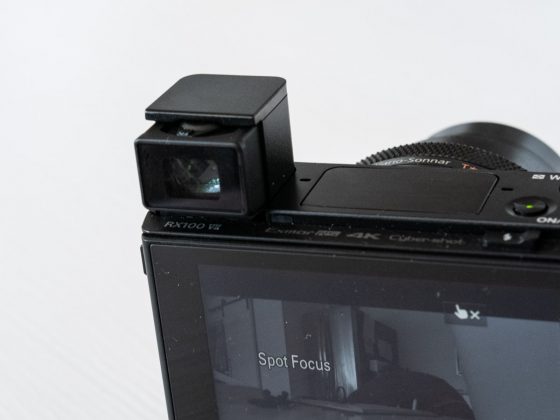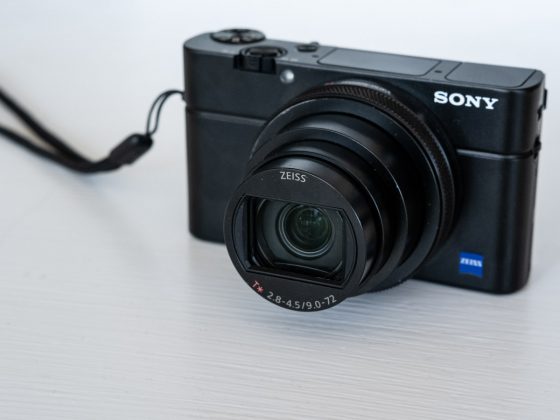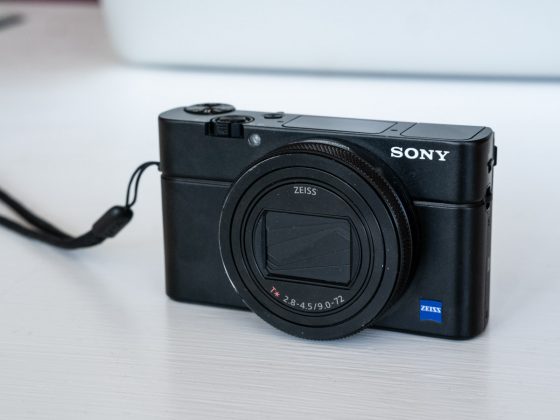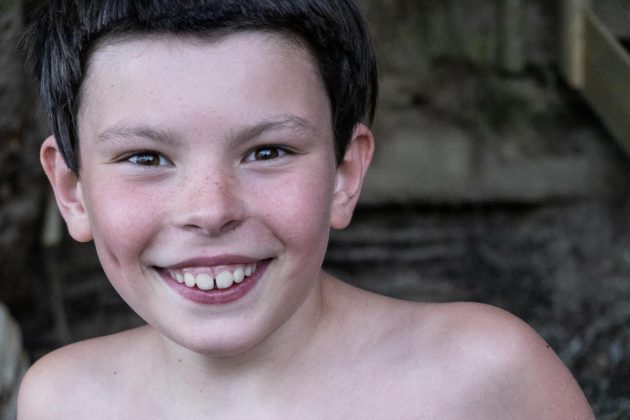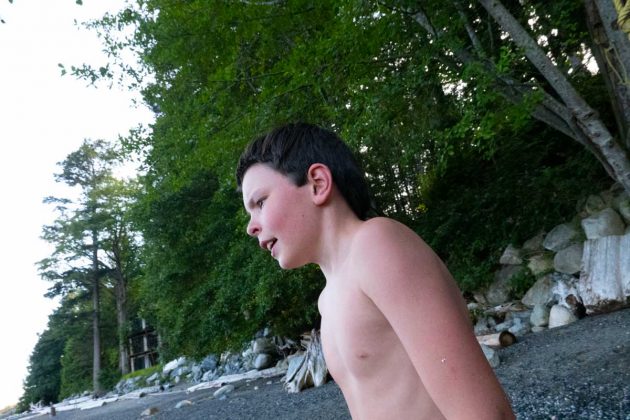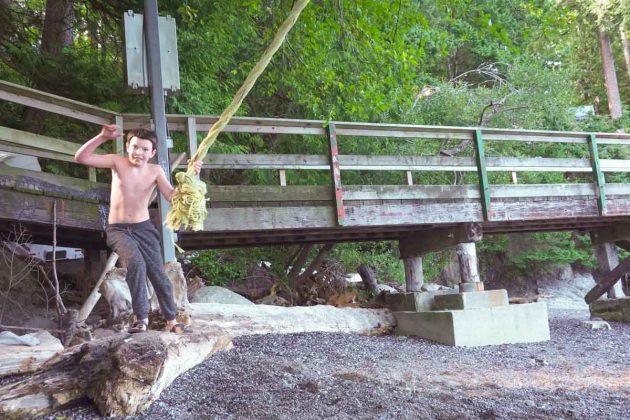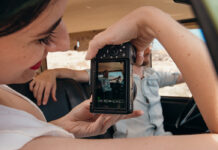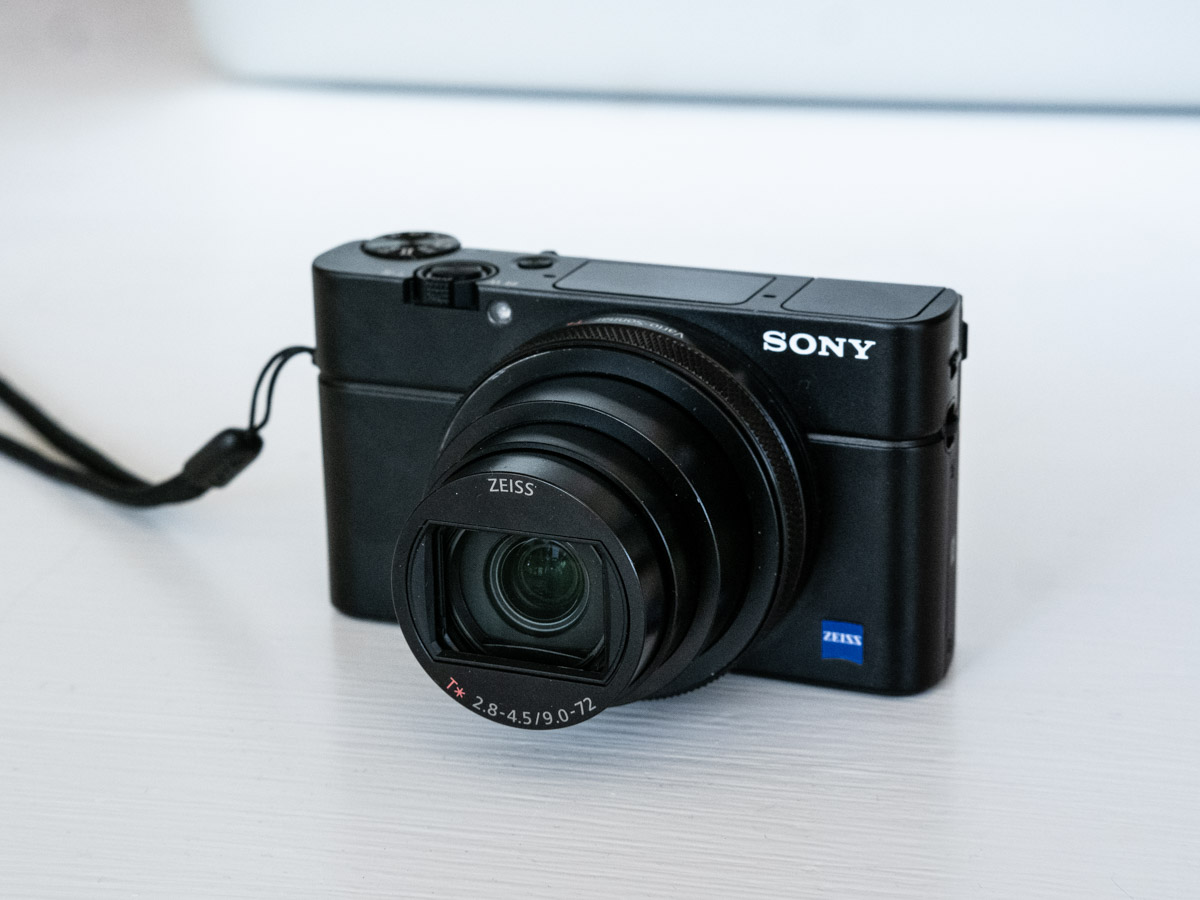
The Sony RX100 is one of the most powerful compact cameras ever made, a camera that has set the standard for high-performing point-and-shoots. If you’ve read any of my reviews of previous generations of the RX100, you’ll know that I’m a big fan of this camera. I know of no other camera that packs such a big punch in such a small body. This camera offers features that will satisfy even the most demanding shooters—provided you can live with a 1 inch sensor. Today I’m reviewing the 7th iteration of this inimitable camera—the RX100 VII.
Key specs of the Sony RX100 VII
The RX100 VII carries a 21 megapixel Exmor RS CMOS sensor, and is capable of shooting up to 20 frames per second, blackout free. It has real-time tracking autofocus as well as eye autofocus, which is awesome for shooting portraits. It comes with a powerful Zeiss Vario-Sonnar T* 24–200 mm (35mm equivalent) F2.8–4.5 zoom lens, which makes the RX100 a versatile camera suitable for a wide variety of applications, from street photography to architecture, portraiture, and even wildlife photography. A ‘pocketful of lenses’ as Sony succinctly puts it.
How well does the RX100 VII handle video
Today’s shooters are a demanding bunch, who expect to be able to shoot superb photographs and video with one camera. The RX100 VII ticks both boxes emphatically. It can shoot full HD video at up to 120 frames per second for delicious slo-mos, or 4K at either 24 or 30 frames per second (fps). On top of that there is HFR (High Frame Rate) mode, that lets you shoot at 240fps, 480fps or 960fps, for super-duper slo-mos. Additionally, the RX100 comes with SteadyShot, Sony’s proprietary image stabilization technology. I’m a big fan of stabilization as it can make such a difference to the quality of your videos. The serious video shooters are going to be very happy to know that you can choose from a wide variety of picture profiles, including S-Log and HLG, which gives you loads of leeway to post-process your videos. One of the other neat features is proxy recording, which creates smaller, lower bit-rate copies of your videos which can be used to significantly speed up your editing.
Sony RX100 Vii is great for vlogging
Sony recently released a specialized vlogging camera called the ZV-1, which is actually very similar to the RX100. The RX100 is also an excellent vlogging camera, although it lacks some of the shortcut features of the ZV-1. Because the LCD touch screen on the RX100 now rotates all the way to the forward facing position, you can easily monitor your shot while you are shooting, unless you’re outside on a bright day, in which case glare can be an issue. The screen is also quite small so if you’re too far away that can be another issue. However, you can always connect it to your phone via the Imaging Edge app which gives you a live feed and allows you to control the camera remotely.

Read my full review of the Sony ZV-1
Enhanced autofocus
Sony has worked hard to ensure that their autofocus technology is as good, if not better, than anything else out there. The AF on the RX100 VII is rated at 0.02 seconds, which is phenomenally fast. In my own experience I didn’t find it consistently hitting that kind of speed, but it is unquestionably very, very quick to pick up your subject, and very reliable too. When you combine that autofocus speed with the eye and face recognition you have a camera ideally suited to photographing fast-moving kids. And if you need to get a shot of your fast-moving puppy you can switch over to the animal face recognition instead! There are so many options on the RX100 VII to tweak your autofocus preferences—I recommend keeping the manual bookmarked for easy reference. (Sony doesn’t provide hard copies of camera manuals nowadays).
Shooting timelapse videos
One of the features of the RX100 VII that I really like is the interval shooting mode, which basically allows you to shoot timelapse videos. It’s really easy and intuitive to use. You can actually shoot up to 9999 frames with a maximum interval of 60 seconds, which would take a total of 166 hours 38 minutes! Of course you would need to keep the camera attached to a power source in order to complete such a monster timelapse.
Rapid fire burst mode
As I mentioned earlier the RX100 VII is capable of shooting up to 20 frames per second in continuous shooting mode, and this is perhaps where the surprising power of the camera becomes obvious. It is really impressive to hear the camera rattling off those shots in real time, and the results are equally impressive. There is also a new Single Burst Shooting mode which allows you to shoot 7 images at one of three speeds: 90fps, 60fps or 30fps.
Optional grips
If you’re interested in using the RX100 VII as a vlogging camera, I think you’ll find it has some really useful features, although it lacks the advanced onboard mic that the ZV-1 has. Skin softening is a feature that I found works really well, and it’s possible to manually control the aperture in order to create the blurred-out backgrounds that vloggers love (a.k.a ‘the bokeh effect’). If you are a vlogger, you might want to consider investing in the vlogger accessory kit which includes the wireless Bluetooth grip that converts into a mini tripod. I had a chance to try it out and found it super useful.
Conclusion
The Sony RX100 VII continues the impressive lineage of the RX100 series. This is a camera with so many potential applications that I’m not even sure who wouldn’t love to use it. I think street photographers in particular will appreciate the beautiful pop-up electronic viewfinder and the fact that you can easily carry the camera in your pocket. But honestly there is so much to love about this camera I would highly recommend it to anyone with a budget for a high-end compact.



